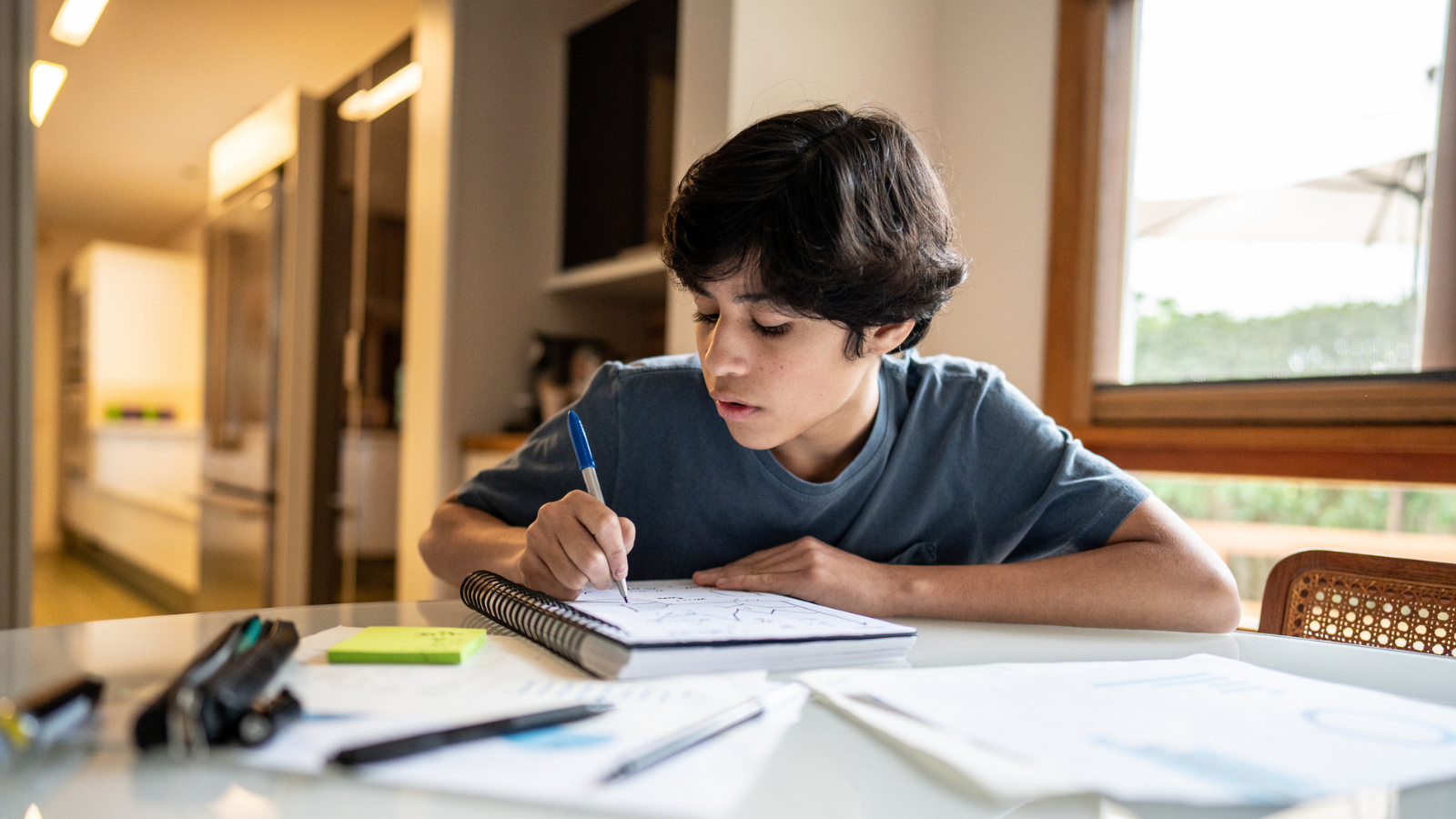
Every teacher reading this has an opinion on the subject: Do students learn better from screens or from traditional, physical paper? While we know cell phones are not great for kids, some schools are now starting to question this 1-1 technology approach schools have submitted grants for and worked so hard to obtain for their students since the COVID-19 pandemic. This question intensified and bustled about education circles once researchers released non-peer-reviewed results about students’ processing and reading abilities for screens vs. paper.
Why Columbia University researchers are prompting a digital detox for schools
While their title is eye-catching and they have meagerly significant results, readers need to digest this research and information more slowly. As a researcher, the biggest issues I have with these results is the sample size is incredibly small and the results were found in a lab … not in a comfortable, regular-setting classroom. But like catchy research does, many take to it as “groundbreaking.” While teachers may have opinions and thoughts about middle school students being able to read better from paper than from a screen, we don’t need to throw the baby out with the bathwater just yet.
This Reddit post by a frustrated teacher alludes to just that, though. They say:
“We became 1:1 when COVID happened. The district did a mass repossession of all devices and handed them out. I had purchased a cart and about 10 CBs with my classroom and state money. All were immediately taken. Spent the last 3 years changing lessons and documents over to the electronic version of assignments. I adjusted, kids adjusted … I cannot go back to grading paper. Email came out today that devices will be confiscated and only core subjects will have a class set. I’m a Spanish teacher, which means I won’t have any. At best, I can check out a Chromebook cart and wheel it to my room, but not every day. Also, we have e-books as textbooks. I do have a class set of textbooks, which I’ll have to reissue, but there’s not enough for large classes. I’m at a loss of where to even begin with this or why they even did this.” —Noseatbeltnoairbag
The challenges of digital integration
While the commenting Reddit teachers mainly are pointing to ESSER funds drying up, the repairs for broken or outdated Chromebooks are too costly, or schools are concerned about students’ handwriting skills, other schools could be experiencing the same whiplash. Schools required teachers to quickly digitize their curricula and assessments as fast as possible, but now we are cycling back to paper only?
Despite the push toward digital learning we’ve all experienced, we can still consider both sides of this coin. Nick Covington, director at the Human Restoration Project, has found in his research conducting focus groups with students that students report schooling is 80% to 100% on screens, but they would really prefer only 50% on screens.
Practical solutions and strategies
We don’t want you to panic. All-or-nothing thinking—all screens or all paper—is rarely helpful. Here are some ideas for finding balance:
- Hybrid-learning environments: We know there is a sweet spot somewhere in between physical copies and digital material. Incorporate both digital and paper-based resources to cater to diverse learning preferences and needs. Use technology for interactive activities and paper for deep reading and comprehension tasks.
- Classroom libraries and print materials: Aside from the book ban libraries, maintain a collection of physical books and printed materials to encourage reading for pleasure and independent learning.
- Critical evaluation of digital tools: We are already doing this, but think critically about the necessity of digital tools. Select digital tools that genuinely enhance learning outcomes and offer an added value beyond convenience or engagement.
- Professional development: As technology is such a big part of our classrooms, districts should still provide digital support for teachers. Invest in training for teachers to effectively blend digital and traditional teaching methodologies.
What does this mean for schools?
As we look toward the future, it’s clear that when it comes to the screens vs. paper discussion, we need a balanced approach to education technology. While digital tools offer innovative ways to engage students, the benefits of paper-based learning in developing core skills for students shouldn’t be overlooked or forgotten by teachers. Teachers will continue to prioritize strategies that holistically support student learning. The goal should not be to choose between digital or paper but to leverage the strengths of both to enhance student outcomes. As we navigate these ever-changing cycles in education fads, the focus should always remain on adopting strategies that best support student learning and comprehension—but more importantly, strategies that work for OUR classrooms!





